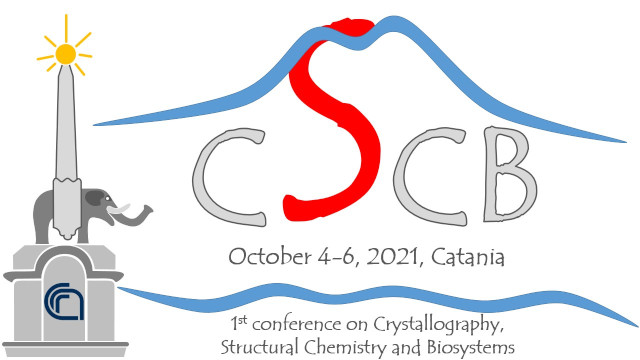Speaker
Description
Carnosine (β-alanyl-L-histidine) is a natural dipeptide widely distributed in mammalian tissues and presented at high concentrations (0.7–2.0mM) in the brain1. As reported previously, carnosine augmented the secretion and expression of various neurotrophic factors (for example, BDNF), leading to the induction of neurite growth in SY-SY5Y cells2. Moreover, carnosine glial release and neuronal utilization in CNS have been described3; carnosine intercepts the regulatory routes of Cu homeostasis in nervous cells and tissues. Cu dysregulation imply the oxidative stress, free-radical production and functional impairment leading to neurodegeneration. Barca et al showed that the extracellular carnosine exposure influenced intracellular Cu entry and affected the key Cu-sensing system (SP1 and CTR1) 4. On this basis, carnosine, its derivate with trehalose and potential role of copper ions were investigated in the present study. First of all, we demonstrate that trehalose-carnosine crosses the cell membrane better than carnosine and its translocation does not depend on copper ions. On the next step, we analyzed a role of carnosine and its derivative in the modulation of CREB functions in the normal and in the copper ions deprivation conditions. Previously, it has been shown that carnosine and copper alone induce CREB phosphorylation 5, 6. Here we found that 30 min of PC12 cells incubation with trehalose-carnosine stimulates CREB phosphorylation more than carnosine alone and the level of phospho-CREB depends on the presence of copper ions in the medium. To compare the influence of trehalose-carnosine and carnosine alone on copper homeostasis, a measure of the copper transporter CTR1 and transcriptional factor SP1 expression in culture of PC12 cells was carried out.
References
1. AR Hipkiss et al. Ann. N. Y. Acad. Sci. (1998) 20;854:37-53.
2. K Kadooka et al. J of Functional Foods (2015) 13;32-37.
3. K Bauer, Neurochem Res. (2005) 30(10):1339-45.
4. A Barca et al. Am J Physiol Cell Physiol. (2019) 316(2):C235-C245.
5. K Fujii et al. Cytotechnology (2017) 69(3):523-527.
6. I Naletova et al (2019) Cells. (2019) 8(4). pii: E301

